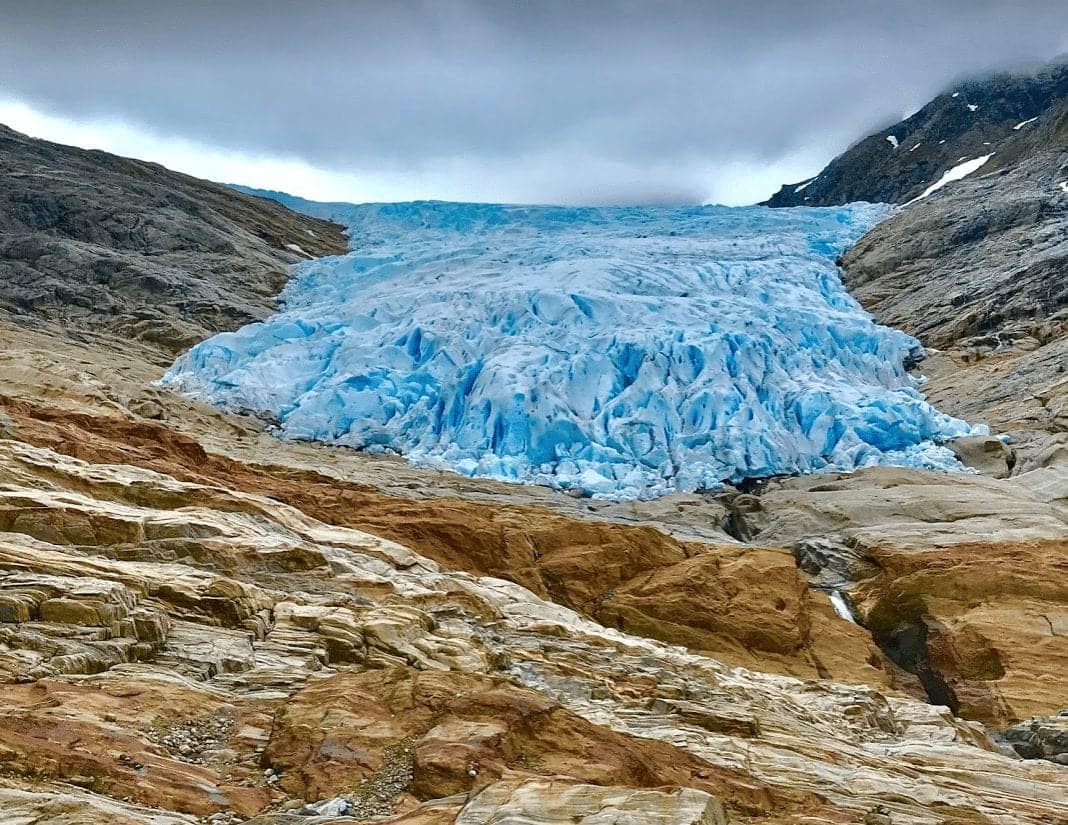Massive, million years old, kilometers thick, gigantic ice that seem eternal has a weak spot. Heat. The glue that keeps the cryosphere together is temperatures below zero.
Imagine a country where the misery is absolute. It has been like that for decades. Famine, poverty, people in dire need, massive abuse and war. Peace agreements fail. Such countries have one thing in common. They lack something that keep them together in a relatively fair way. Institutions, markets and trust. Press freedom, peaceful relationships with their neighbours. Rule of law and access to basic goods and services.
No matter how complex it might seem to fix such countries, we know that it is possible to fix it.
The Earth’s cryosphere is about to disappear. Just like what we observe in spring time when ice turns to water and we see and hear the water running from roof tops, down pavements and ice blocks outside our house finally breaks into small pieces. The sound of dripping water is everywhere.
But we can’t talk to the ice and make peace agreements or put in place sanctions to get it’s act together. No ice refugees to save from the melting misery. Again, it is the untouchable CO2 we can’t see or hear that we need to conquer.
In 20 years from now the North Pole will be free of ice. Greenland is melting like hell. The ice holds CO2. When it melts, the gas is released.
The cryosphere
The fact that the cryosphere melts doesn’t evoke emotions. When global warming affects ski tourists in the Alps it does.
The IPCC’s report on the cryosphere that was published this week explains what is happening.
The cryosphere is the frozen part of the Earth; glaciers, ice sheets, permafrost, ocean ice, frozen ground and snow.
Bad news from the report.
But first some good news: Investments in new coal power plants fell by 75 per cent from 2015-2018. While investments in 2015 in new power plants totalled 88 gigawatts, the figure was down to 22 in 2018. In 2020, the IEA estimates that the decline will be 11 percent. Decommissioning of coal power plants is faster than the establishment of new ones. This decline is the first since the Industrial Revolution. Investors are increasingly going for green projects and less for fossile ones.
So what is happening with our ice?
This overview sums up the main findings:
High mountain areas: Glaciers could lose a fifth of their mass this century if emissions are low, and more than 80% in regions such as Central Europe.
Sea ice: There is “very high confidence” that Arctic sea ice has declined in all months of the year and around half the summer loss is due to human-caused warming.
Ice sheets: Greenland melt is unprecedented in at least 350 years. With rising Antarctic loss, ice sheets are now contributing 700% more to sea levels than two decades ago.
Implications of polar warming: Polar bears are travelling further due to less ice, while Arctic peoples and marine life face rising negative impacts due to warming.
Abrupt changes and ‘tipping points’: The Atlantic Meridional Overturning Circulation (AMOC) is a major ocean current system transporting warm surface waters toward the northern Atlantic. The AMOC ocean current that brings warm water to Europe may already have weakened by 15 per cent, but is “very unlikely to collapse” this century.
Permafrost: Arctic near-surface permafrost faces “widespread disappearance”, with a 30-99 per cent decrease in area if emissions are very high, releasing 10s to 100s of billions of tonnes of CO2.
Sea level rise: The rate is accelerating and is “unprecedented” over the past century. Worst-case projections are higher than thought and a 2m rise by 2100 “cannot be ruled out”.
Impacts for coasts and islands: Warming could “drastically alter” migration flows. If emissions are high, some island nations are “likely” to become “uninhabitable” this century.
Marine life: Marine mammals could decline by 15 per cent and fisheries by a quarter this century, if emissions are very high, while “almost all coral reefs will degrade” even if emissions are low.
Extreme events: Cyclones, marine heatwaves and other extremes are becoming more severe and will exceed the limits of adaptation, causing “unavoidable loss and damage”.
Socioeconomic implications: Changes to oceans and the cryosphere will impede the UN’s sustainable development goals and could expand the range of disease threats.
The black ice in Norway
We wanted to come closer to this much talked about cryosphere. So we took our kids to the West of Norway this summer to the glacier “Svartisen”. On the ferry over we saw brochures with images of it 100 years ago. It has shrimped with several hundred meters. In 2018 alone it lost 140 meter.
 “Svartisen” in 2019. It is easy to see that the clean rock in front recently was covered with ice.
“Svartisen” in 2019. It is easy to see that the clean rock in front recently was covered with ice.
28/09/2019


